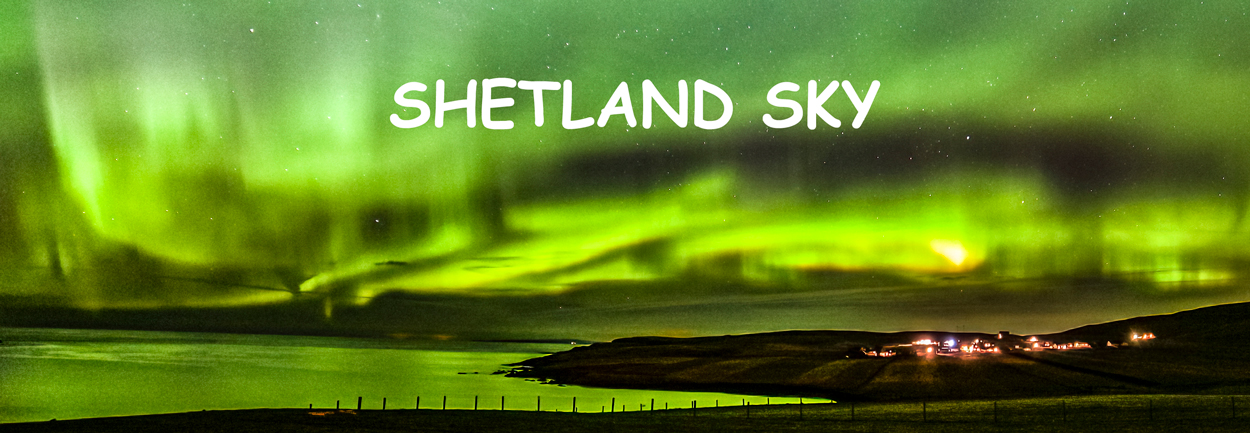I am covering a wide variety of subjects, these include Aurora, Stars, Milky Way, Moon, Star trails, Time lapse, Meteors and other things you can see in the night sky & equipment.
The main things are correct focusing at night, this is a must and which most people struggled with before the course. In addition camera settings & dealing with noise with some processing in Lightroom.
The course is over 6 sessions but may be extended from the next learning year. This extra content will include Stitching, composite photos and practical use of some free astrophotography software.
The weather in Shetland has not been suitable for any night photography, with lots of gales and a Hurricane + 36mph (109mph) winds the other week, although it was clear and I could actually see the Plough and Orion from the house despite nearly getting blown over. Now its snow and ice so difficult getting round, a couple of clear nights would be good
I was out the other night but no sooner than i set up than snow began to fall and it got worse. The aim was to take a photo of the Oil rig at Dales Voe i did get a few photos
Composite images
Taking two or more images and blending them together solves so many problems. As with most night sky photos you use the lens wide open so hardly any depth of field. You have to get back far enough to get the nearest object in focus, this will depends on which lens you use.
When taking a single star photo you always focus on the stars, this way taking two photos you focus on the foreground and then on the stars, which overall will give an overall sharp image and a bigger file as well, good for printing large.
Many people use Composite images, they either stack images, use HDR or merge two photos for other reasons. You may have tried to replace someone's head, or tried to create a fantasy image but i suppose the end result should be that they look real. Composite images tend to be very compelling.
You could blend impossible elements into your photo, pigs flying or recently Father Christmas etc
For night sky photos even NASA do it, they produced a great photo of the earth but when it comes down to it this was data acquired over a nine day period then combined.
The images on this page has been originally processed in Lightroom then combined in Elements 2018, but this is only an 8 bit images, in Photoshop you can do this as a 16 bit image. All the images on this page have been taken by me at some stage. As you can see i have used the same background on different landscape photos.
So then it comes down to ethics, never pass a Composite photo off as genuine
I hope you all had a great Christmas, join us on facebook at Shetland Aurora Hunter for more information and photos- just send me a request to join
More to come on the next post



















































